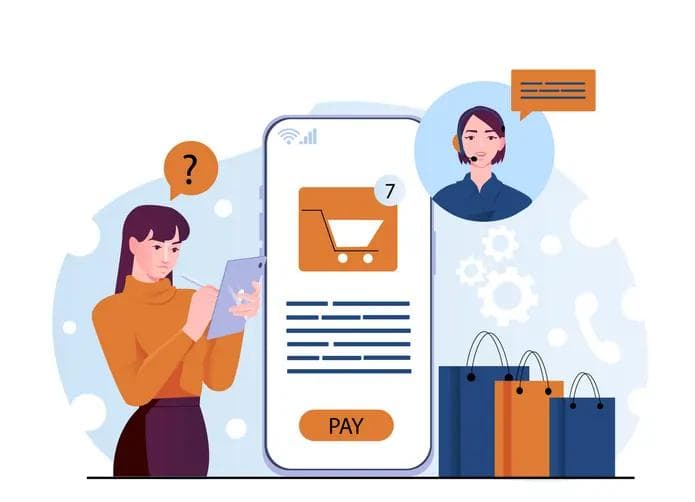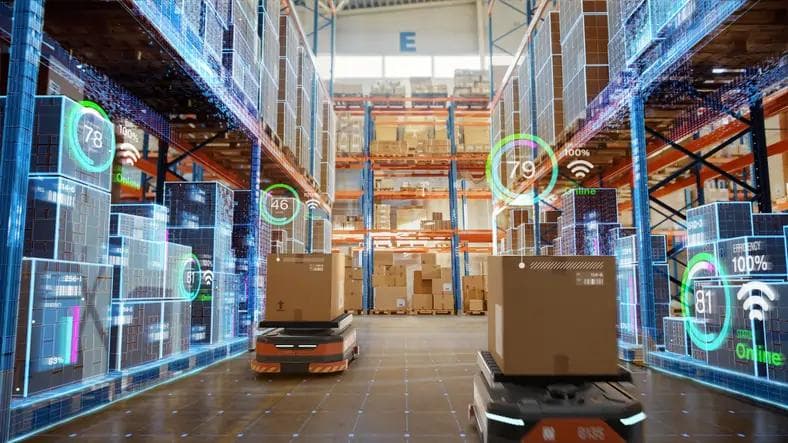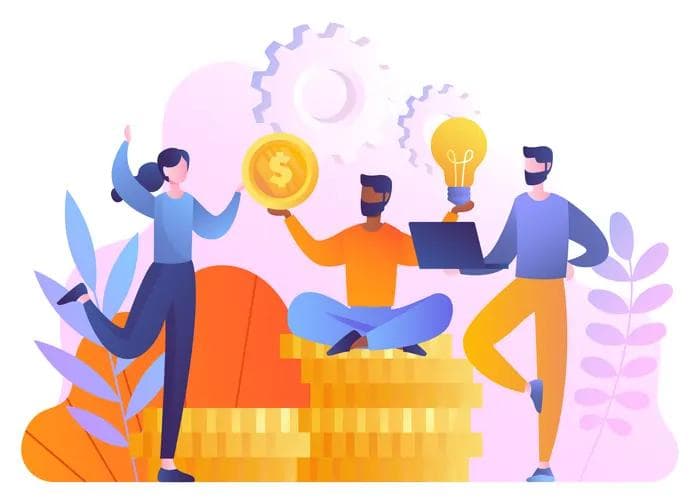How Netflix, JustEat and Uber is shaping the future payments experience
How Netflix, JustEat and Uber is shaping the future payments experience
Published by Jessica Weisman-Pitts
Posted on October 21, 2021

Published by Jessica Weisman-Pitts
Posted on October 21, 2021

By Gavin Waddell, Director of Strategic Accounts at Modulr
Platforms like Netflix, JustEat and Uber have made getting the customer experience right a whole lot harder for businesses. And, in turn, this has changed the payments game.
Consumers no longer tolerate a broken customer experience. They demand the same level of frictionless service they receive on Netflix for payments, anywhere and at any time.
For businesses who want to be taken seriously and compete in this fast-paced ever-changing landscape, customer experience has to be impeccable. Otherwise, you risk losing customers and taking a big hit on revenue.
But the Netflix, Uber or JustEat customer experience is only the tip of the iceberg. There are lots of layers of infrastructure beneath this experience, working together to put ‘instant’ into action. We call this the Instant Economy – instant experiences by instant services and instant information.
Navigating payments in the Instant Economy
Faster payments make the Instant Economy. Customers from all industries now expect seamless payments for everything and this demand isn’t going away. And, according to new research which delves into consumer attitudes towards payment experiences, it isn’t just young people who expect this.
Almost two thirds (65%) of over-65s who use online banking are now open to using new financial services or payment methods that make processes quicker and more convenient. A figure ratified by the fact that nearly three-quarters (74%) of over-65s also say they prefer to use bank transfer and payment apps to make instant payments to friends and family.
However, despite considerable opportunity, many businesses are still falling victim to outdated payment infrastructures that rely on manual processes and slow payment flows. In fact, poor payment processes cost businesses a staggering £1.5m per year on average, and 64% expect these costs to increase over the next two years. Additionally, 62% of payment professionals believe the hidden costs of these payment processes outweigh the hard costs.
To not just survive, but to thrive in the Instant Economy, businesses need to tackle these issues head-on.
Solve the customer experience dilemma
Locating hidden payments inefficiencies should be the first step for businesses looking to improve their customer experience. The most effective way of doing this is to put yourself in the customer’s shoes and look at the process from their perspective. Take moving from slow, batch-based payment processing, to single, immediate Faster Payments for loan disbursements as an example. As a customer, the positive impact of this change greatly enhances their end experience.
To implement changes successfully, businesses must be open-minded and adopt innovation. Automation is the key to driving efficiency, by removing manual, error-prone systems and replacing them with faster, more responsive digital solutions. A solid Application Programming Interface (API) framework, incorporated into an organisation’s payments architecture, will enable these changes and create a positive impact on the overall customer experience.
The Netflixication of payments
For businesses looking to completely transform their end customer experience, having a faster, streamlined payments infrastructure needs to be a priority. Not only will this enable businesses to keep up in the Instant Economy, but it will also meet the rising demand from customers for fast, frictionless services.
Netflix, JustEat and Uber are transforming the payments experience. And this is only the beginning. We’ll see more and more businesses compete for gold by driving payments innovation. But, they must ensure that ALL customers are satisfied with their customer experience strategy if they are to match the Netflixication of payments and stay relevant.
By Gavin Waddell, Director of Strategic Accounts at Modulr
Platforms like Netflix, JustEat and Uber have made getting the customer experience right a whole lot harder for businesses. And, in turn, this has changed the payments game.
Consumers no longer tolerate a broken customer experience. They demand the same level of frictionless service they receive on Netflix for payments, anywhere and at any time.
For businesses who want to be taken seriously and compete in this fast-paced ever-changing landscape, customer experience has to be impeccable. Otherwise, you risk losing customers and taking a big hit on revenue.
But the Netflix, Uber or JustEat customer experience is only the tip of the iceberg. There are lots of layers of infrastructure beneath this experience, working together to put ‘instant’ into action. We call this the Instant Economy – instant experiences by instant services and instant information.
Navigating payments in the Instant Economy
Faster payments make the Instant Economy. Customers from all industries now expect seamless payments for everything and this demand isn’t going away. And, according to new research which delves into consumer attitudes towards payment experiences, it isn’t just young people who expect this.
Almost two thirds (65%) of over-65s who use online banking are now open to using new financial services or payment methods that make processes quicker and more convenient. A figure ratified by the fact that nearly three-quarters (74%) of over-65s also say they prefer to use bank transfer and payment apps to make instant payments to friends and family.
However, despite considerable opportunity, many businesses are still falling victim to outdated payment infrastructures that rely on manual processes and slow payment flows. In fact, poor payment processes cost businesses a staggering £1.5m per year on average, and 64% expect these costs to increase over the next two years. Additionally, 62% of payment professionals believe the hidden costs of these payment processes outweigh the hard costs.
To not just survive, but to thrive in the Instant Economy, businesses need to tackle these issues head-on.
Solve the customer experience dilemma
Locating hidden payments inefficiencies should be the first step for businesses looking to improve their customer experience. The most effective way of doing this is to put yourself in the customer’s shoes and look at the process from their perspective. Take moving from slow, batch-based payment processing, to single, immediate Faster Payments for loan disbursements as an example. As a customer, the positive impact of this change greatly enhances their end experience.
To implement changes successfully, businesses must be open-minded and adopt innovation. Automation is the key to driving efficiency, by removing manual, error-prone systems and replacing them with faster, more responsive digital solutions. A solid Application Programming Interface (API) framework, incorporated into an organisation’s payments architecture, will enable these changes and create a positive impact on the overall customer experience.
The Netflixication of payments
For businesses looking to completely transform their end customer experience, having a faster, streamlined payments infrastructure needs to be a priority. Not only will this enable businesses to keep up in the Instant Economy, but it will also meet the rising demand from customers for fast, frictionless services.
Netflix, JustEat and Uber are transforming the payments experience. And this is only the beginning. We’ll see more and more businesses compete for gold by driving payments innovation. But, they must ensure that ALL customers are satisfied with their customer experience strategy if they are to match the Netflixication of payments and stay relevant.
Explore more articles in the Business category











